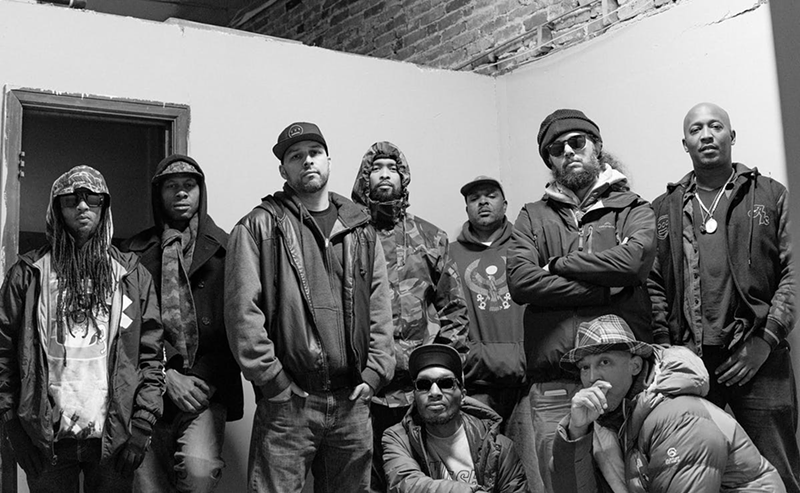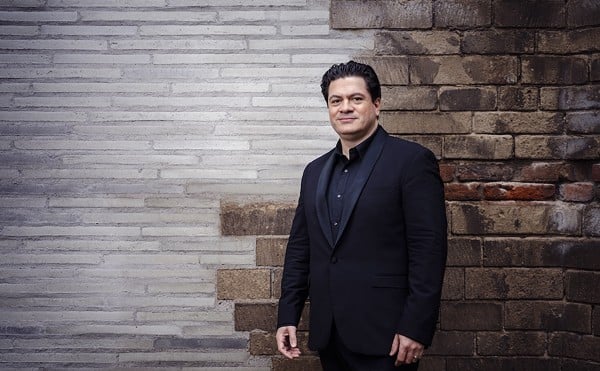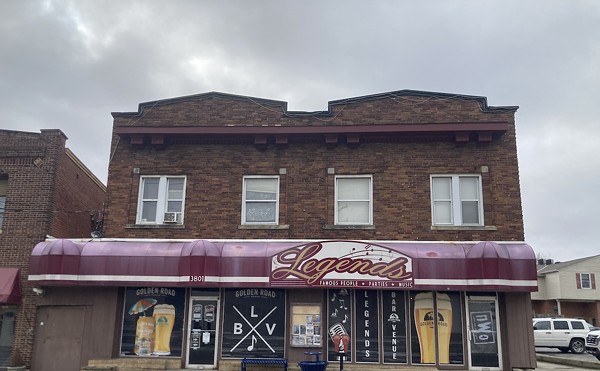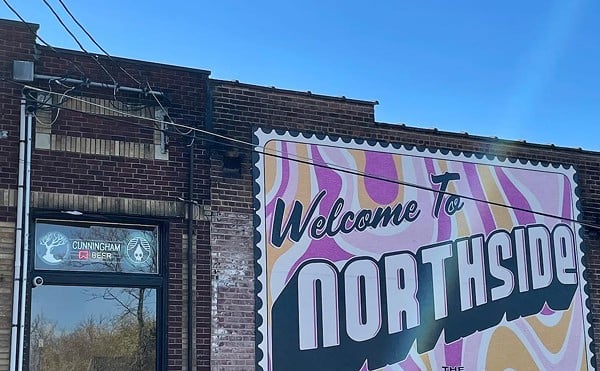Based in Oakland, California, the Hip Hop collective Hieroglyphics bubbled up from the underground in the ’90s, considered by many the “golden age” of the genre. After its members like Del the Funky Homosapien, Casual and the Souls of Mischief signed major record deals, they released albums that didn’t necessarily notch blockbuster sales numbers but were critically acclaimed, which helped the Hieroglyphics’ sound infiltrate the consciousness of Hip Hop fans looking for something different than the mainstream had to offer. Known for jazzy, esoteric soundscapes, sharp and creative rhyming and lyrical skills, a well-curated ’90s Hip Hop playlist on your favorite streaming service is bound to feature a Hieroglyphics-affiliated track or two.
Though impactful, the lack of commercial success pushed the MCs, DJs and producers back together and they found strength in numbers. After dealing with labels trying to turn them into something they weren’t in order to maximize profits, the Hieroglyphics members became turned off by the often anti-art maneuvers of the music industry. They took matters into their own hands and formed the Hieroglyphics Imperium label to release their own work.
In 1998, the label dropped the milestone posse album 3rd Eye Vision, on which each member of the collective was given space to shine their brightest. In 2015, Fact magazine put the LP at No. 34 on its list of the 100 best indie Hip Hop albums of all time.
The group’s current tour — featuring crew members Del, Casual, Pep Love, Domino and Souls of Mischief’s Phesto, A-Plus, Opio and Tajai — is an extension of their 20th-anniversary celebration of the landmark album, which stands as a testament to DIY diligence. You can catch it in Cincinnati on Tuesday, Aug. 20 at The Mockbee; tickets are $25.
“This was a very important album for us because it was a ‘get back up’ project after our setback with major labels,” producer/DJ Domino wrote in an Instagram post on the album’s 20th birthday last year. “As it turned out, getting dropped…was the best thing that could have happened. This taught us to be resilient and also about controlling the destiny of our art by ownership. It also was a lesson of banding together for a common goal, this album, which at that point, was the test of whether we were going to be a minor footnote in Hip Hop or something that was lasting.”






